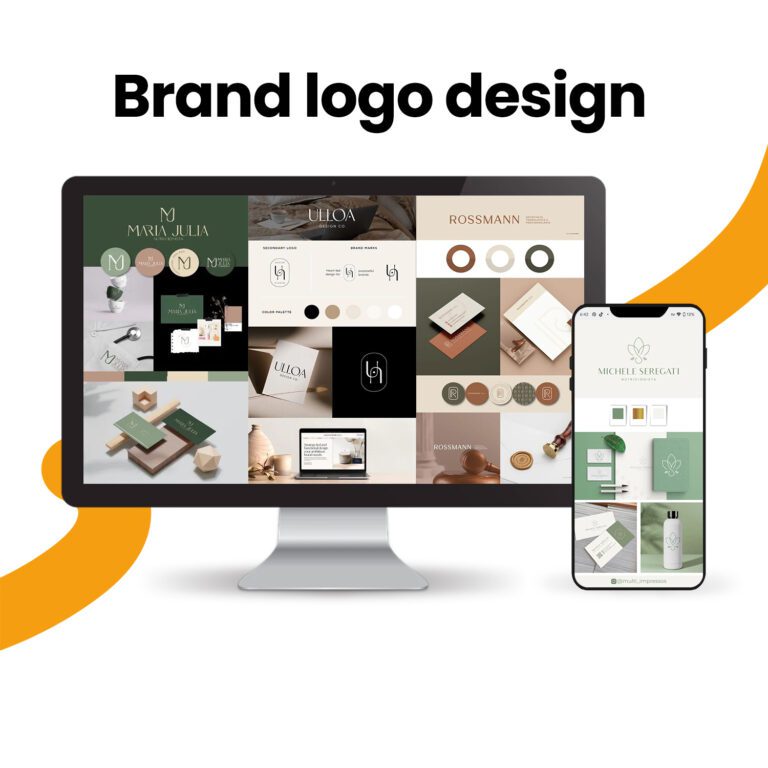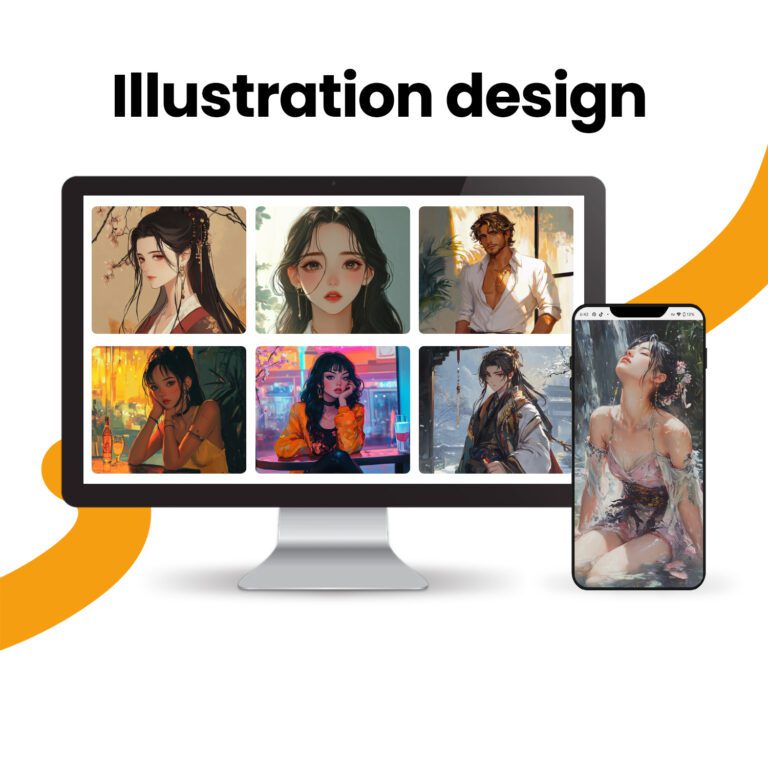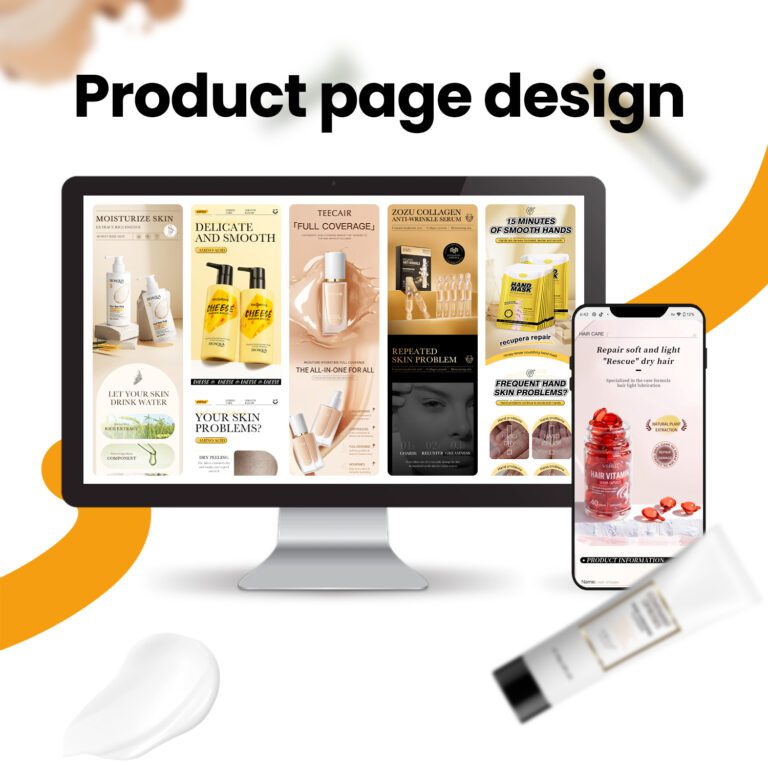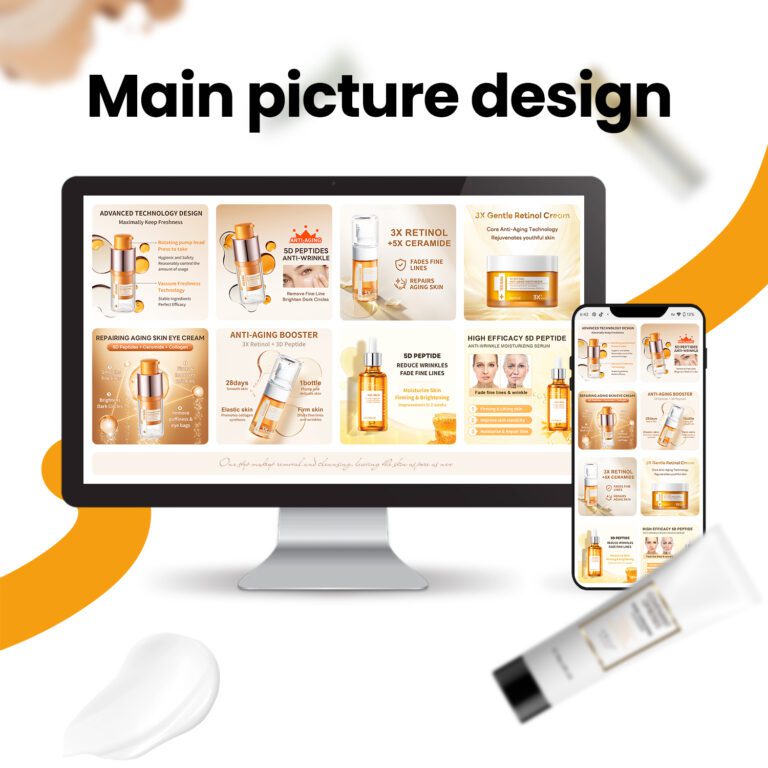Explore the essence and meaning of design
Design is everywhere, from product appearance to architecture, advertising layouts to user experience, profoundly impacting our lives. So, what is design? Is it merely beautification, or does it involve deeper thinking and creativity? At Airsang Design, we explore the nature, types, meanings, and historical evolution of design, helping brands create lasting impressions through thoughtful design strategies.
The Definition and Essence of Design
Design is the process of presenting ideas through planning, blending creativity and practicality. It requires interdisciplinary knowledge, enhancing both aesthetics and functionality to improve life and drive social progress.

Types and elements of design
Design spans products, architecture, graphics, and interfaces, aiming to enhance life and meet needs. It includes functional, aesthetic, and various other types, with core elements like space, lines, form, and color. Principles such as unity, balance, and contrast ensure both professionalism and beauty.
The meaning and value of design
Design is essential in modern society, enhancing the usability and beauty of products and environments, driving economic development, innovating industries, and creating jobs. Design shapes culture, reflects social values and aesthetic standards, and addresses social issues like sustainable development and inclusion through design thinking and user research. Learn more about the impact of design on society on Baidu.

The historical evolution of design
The history of design began in ancient times, when hunters in the late Paleolithic period carved animal images on their utensils. In the Neolithic Age, the birth of pottery marked the beginning of human beings beautifying daily necessities. With the evolution of the times, design has continued to evolve, from medieval home design to the romantic style of the Baroque and Rococo periods, to the simplicity and practicality of modernism. The Industrial Revolution promoted the development of modern design, giving rise to fields such as industrial design, graphic design, and architectural design. In the late 1950s, postmodern design emerged, emphasizing expression rather than functionality. Entering the digital age, digital technologies such as 3D printing and virtual reality have revolutionized design, creating complex and interactive design experiences.
Conclusion
Design combines art and technology to improve the quality of life. It requires designers to have interdisciplinary knowledge and innovative thinking to solve practical problems. The history of design has witnessed the progress of civilization, and the future is full of challenges and possibilities. We should deeply understand and appreciate design and make it a force to promote the development of society and civilization.
If you are interested in these contents or have design needs, please contact airsang design!

















One comment
Jace Wilder
Excellent work! This independent site not only shows high-end visuals but also delivers a refined user experience.